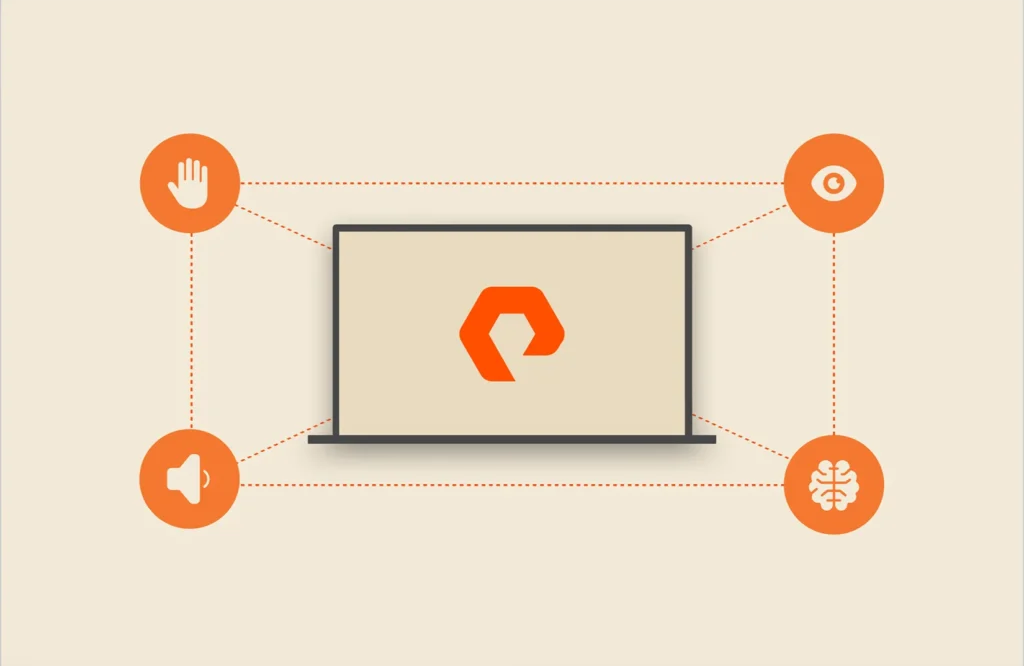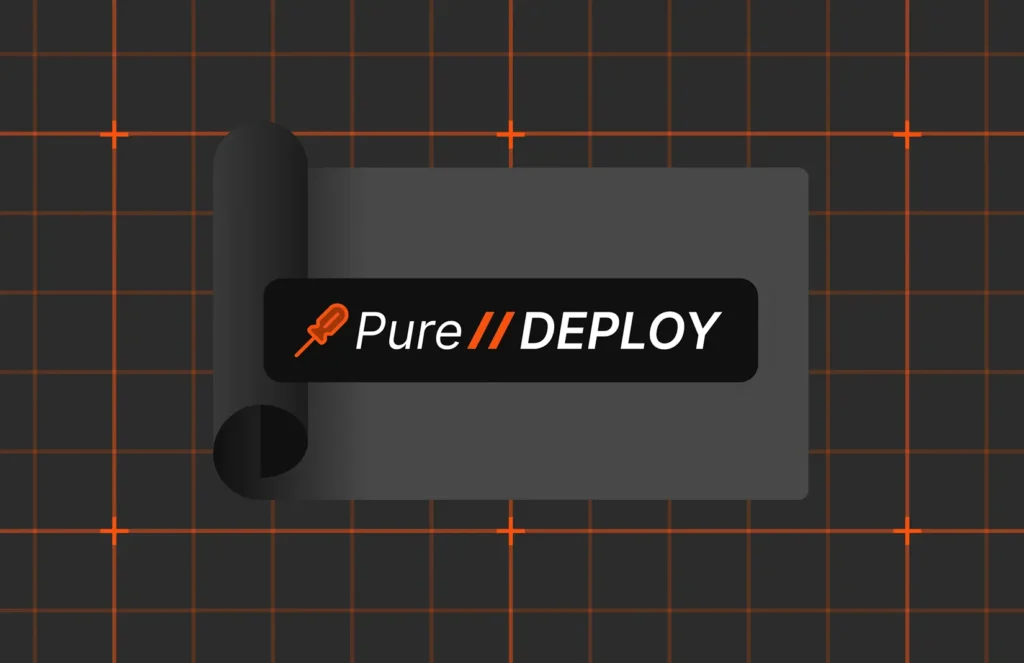Summary
Retrieval-augmented generation (RAG) can bring transparency and trust to AI systems, enabling auditable, explainable outcomes.
Retrieval-augmented generation (RAG) enhances the transparency and reliability of AI decision-making by bridging the gap between generative AI’s “black box” reputation and the need for auditable, explainable outcomes. RAG grounds responses in verified, up-to-date data and introduces accountability mechanisms.
In a previous article, we discussed how RAG is driving more immediate value to businesses and improving ROI of AI pilots—and a big part of that is its reliability and transparency. Let’s dig deeper into that next.
1. Can Combat Hallucinations with Data Grounding
Traditional LLMs generate responses based solely on pretrained knowledge, which can lead to fabricated or outdated answers. RAG solves this by:
- Retrieving context from authoritative databases (e.g., internal documents, real-time sensor data, compliance guidelines) before generating a response
- Reducing hallucinations in domain-specific tasks, as seen in healthcare systems using fresh EHR data and RAG-assisted retrieval
2. Creates Audit Trails: Compliance Made Effortless
RAG creates immutable logs of retrieved data and generated responses, critical for regulated industries:
- Financial firms automate SEC/FDA compliance reports by tracing AI decisions back to audit-ready records.
- Manufacturers validate supply chain recommendations by cross-referencing AI outputs with IoT sensor logs or supplier contracts.
3. Ensures Transparency and Auditability with Source Citations
Traditional LLMs often generate answers without revealing their reasoning, but businesses need verified answers, not guesswork. RAG provides traceable citations, which is a critical requirement for regulated industries. RAG forces AI to “show its work” by explicitly referencing the documents or databases used to generate responses. For example:
- Financial institutions using encrypted data lakes can audit AI decisions by reviewing the exact contract clauses or transaction records referenced. This transparency builds stakeholder trust and simplifies compliance reporting.
- A healthcare AI cites clinical trial data or patient history to justify a treatment recommendation, reducing liability risks.
4. Adapts to Real-time Changes for More Accountability
Static LLMs might struggle with dynamic data in shifting scenarios, but RAG’s ability to incorporate live data ensures transparency even in fast-changing environments, for example:
- To deliver continuous updates, live IoT data (e.g., supply chain logistics) allows RAG models to adjust recommendations as conditions change.
- In manufacturing, businesses can reduce unplanned downtime by aligning maintenance schedules with real-time equipment health data.
- Energy companies can explain grid management decisions by citing real-time weather forecasts and demand sensors.
5. Delivers Dynamic Data Governance: Context-aware Permissions
RAG systems can restrict retrieval to preapproved, role-specific data sets, ensuring AI decisions align with organizational policies:
- A pharmaceutical company limits RAG access to peer-reviewed studies, avoiding unvetted preprint papers.
- Retailers mask sensitive customer data during retrieval, allowing chatbots to personalize responses without exposing PII.
6. Provides Bias Mitigation: Grounding in Authoritative Data
By retrieving facts from curated sources (e.g., internal playbooks, regulatory documents), RAG reduces reliance on the potentially biased or outdated pretraining data of LLMs:
- An HR chatbot references up-to-date policies to ensure equitable promotion recommendations.
- Government agencies use official municipal codes to answer citizen queries, avoiding speculative or politicized responses.
The Bottom Line for Businesses
Transparency and trust aren’t just ethical considerations—they’re economic. For leaders, the lesson is clear: AI’s trustworthiness depends on how—and how fast—it accesses data. By marrying retrieval with robust infrastructure, RAG turns AI from a black box into an accountable decision engine—proving that reliability isn’t just possible but measurable.
Solutions forged through Pure Storage and NVIDIA’s partnership ensure RAG systems don’t just think but think responsibly. RAG-powered AI systems built on Pure Storage and NVIDIA infrastructure help enterprises harness:
- Speed: Pure Storage low-latency storage delivers vectorized data to NVIDIA GPUs 36% faster than legacy systems, ensuring decisions are based on the latest information.
- Consistency: NVIDIA’s CUDA-optimized retrieval minimizes response variability, even during peak loads.
- Resilience: Built-in ransomware protection in the Pure Storage platform safeguards the data RAG relies on, eliminating “garbage in, garbage out” risks.
For leaders, RAG transforms AI from an inscrutable tool into a collaborative partner—one that explains itself, earns trust, and aligns decisions with organizational values.
Learn more about the Pure Storage and NVIDIA RAG architecture.

ANALYST REPORT,
Top Storage Recommendations
to Support Generative AI
Optimize GenAI Apps
Learn more about how Pure Storage and NVIDIA are bringing RAG to the enterprise.







